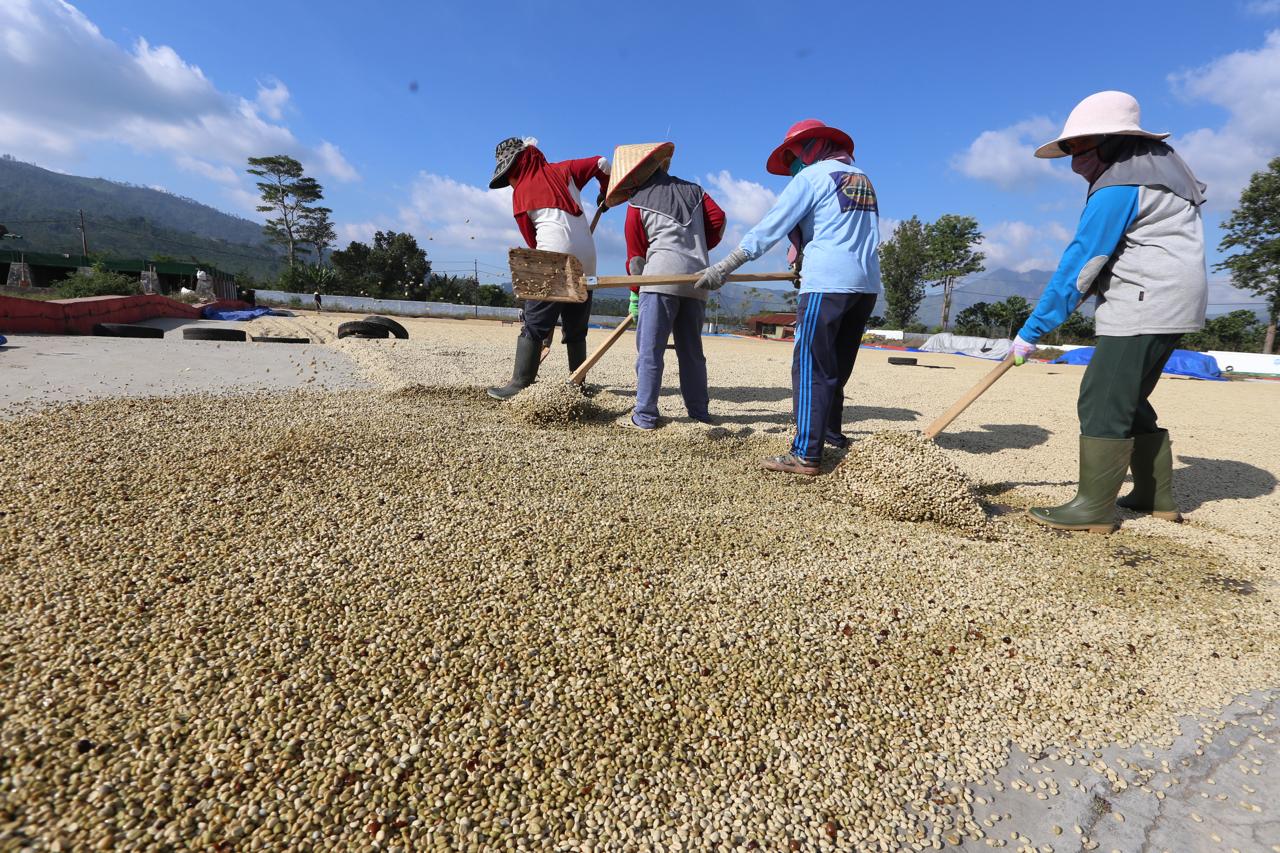Indonesia is one of the world’s largest and most diverse coffee-producing countries, with a rich history dating back to the late 1600s when Dutch traders first introduced Arabica coffee to the island of Java. Today, coffee is grown across the vast archipelago—from the volcanic highlands of Sumatra to the remote mountains of Sulawesi and the lush hills of Bali. Each region offers unique flavor profiles shaped by local climate, elevation, and traditional processing methods, such as the distinctive wet-hulling technique used in Sumatra.
Indonesia is renowned for its bold, earthy coffees with deep body, low acidity, and complex spice and herbal notes—making it a favorite among those who appreciate rich, full-bodied brews with character.
Swiss Water Process
Swiss Water Process (SWP) decaffeination works through diffusion, not osmosis. Initially, green coffee beans are soaked in water until all the caffeine and flavor compounds are extracted. The beans are then discarded, and the solution they created is run through a carbon filter that removes the caffeine, leaving behind only the flavor compounds—what SWP calls its green coffee extract, or GCE.
When SWP decaffeinates a coffee, the beans are soaked with a small amount of the GCE, which creates a saturated solution in which the caffeine leaves but the flavor compounds remain in place, unaffected. The GCE is like a yeast “mother.” While initially SWP had to sacrifice some coffee to create it, once the first batch was made, it just needs to maintain the health of the GCE and keep it slowly regenerating, which it does by adding small amounts of clean water.

